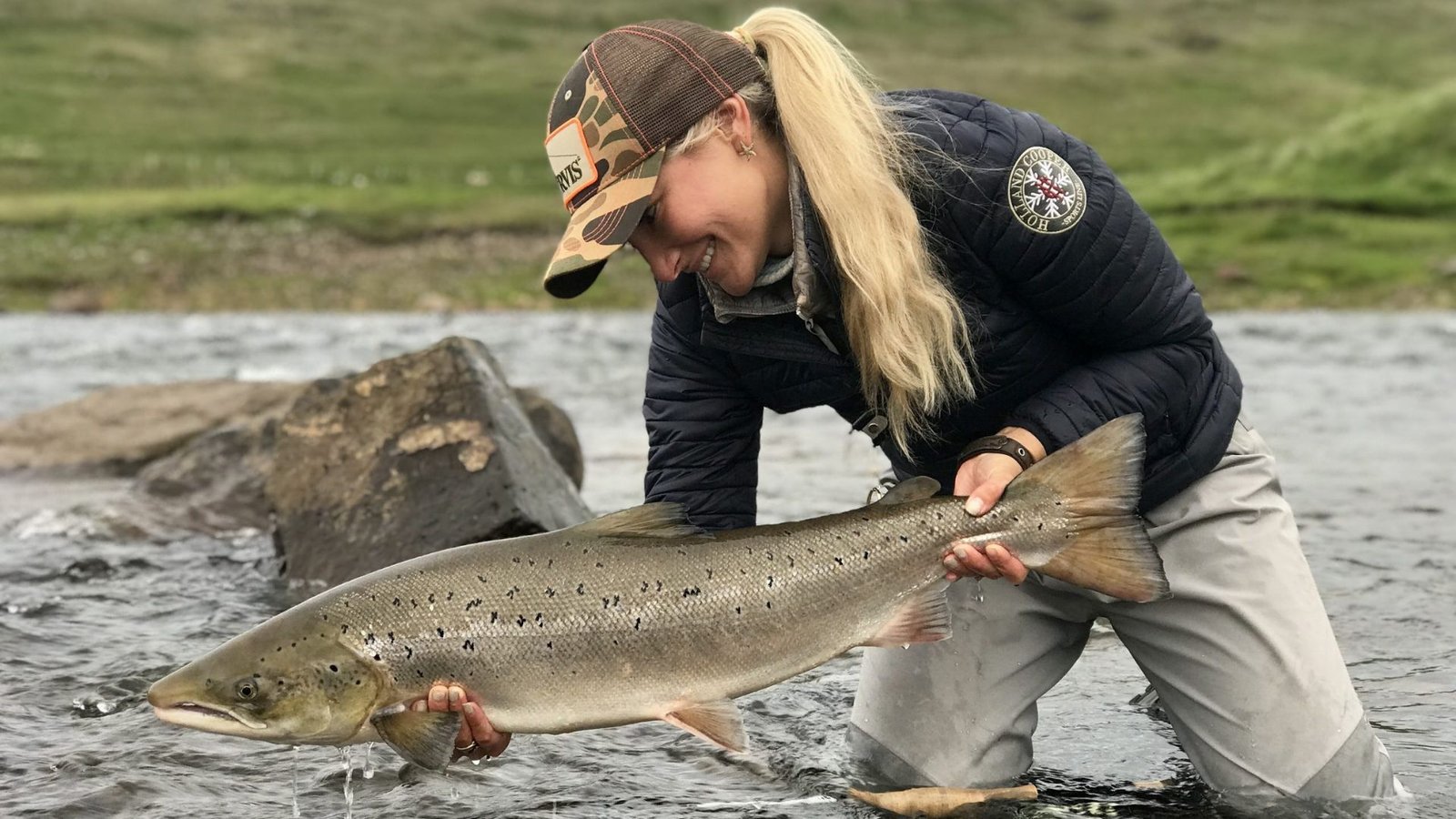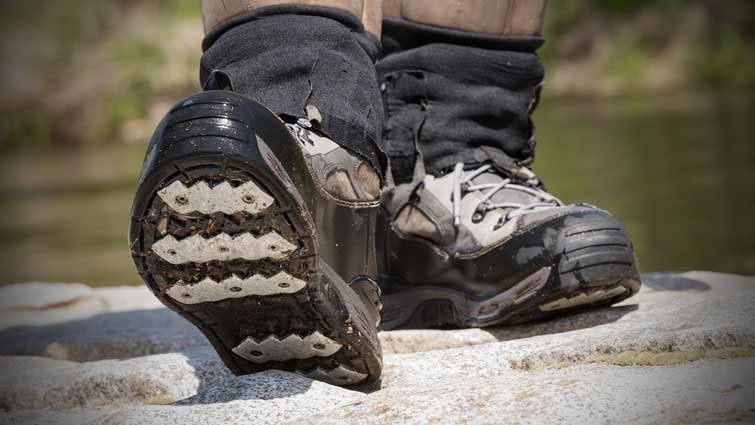Fishing with wet flies is a traditional and effective method for targeting salmon. Unlike dry flies that float on the surface, wet flies are designed to sink below the water’s surface to imitate aquatic insects, larvae, or small fish that salmon feed on. Here’s how you can effectively fish with wet flies for salmon:

How to Fish with Wet Flies for Salmon
Choose the Right Wet Flies
Select wet fly patterns that closely resemble the natural prey of salmon in the water you’re fishing. Common wet fly patterns for salmon include streamers, nymphs, and leech imitations. Choose flies that are tied on strong hooks and are weighted or have bead heads to help them sink into the strike zone.
Match the Hatch
Pay attention to insect hatches and aquatic life in the river or stream. Match your wet fly patterns to the size, color, and behavior of insects or baitfish that salmon are feeding on. Adjust your fly selection based on seasonal variations and the specific feeding preferences of salmon in different water conditions.
Use Sinking Lines
To effectively fish with wet flies, use sinking fly lines that help your flies reach the desired depth where salmon are holding or feeding. Sink-tip lines or full sinking lines allow you to control the depth of your presentation and ensure your flies are in the strike zone for longer periods.
Retrieve Techniques
Experiment with different retrieve techniques to imitate the natural movement of prey in the water. Begin with a slow, steady retrieve to mimic the swimming motion of baitfish or insects. Vary your retrieve speed, pauses, and jerks to trigger strikes from aggressive salmon or to entice cautious fish.
Fish Structure and Current Breaks
Target areas of the river or stream where salmon are likely to hold and feed. Focus on structure such as deep pools, riffles, undercut banks, and submerged rocks where salmon seek shelter and ambush prey. Fish along current seams and eddies where water flow changes, creating natural feeding lanes for salmon.
Depth Adjustment
Adjust the depth of your presentation based on water conditions and where salmon are actively feeding. Use sinking lines or add weight to your leader to control the depth of your wet flies. Start by fishing near the bottom and gradually work your way up through the water column until you find the optimal depth.
Observe Fish Behavior
Pay attention to visual cues such as surface disturbances, rises, or underwater movements that indicate salmon activity. Adapt your fishing strategy based on fish behavior and responses to your fly presentation. Be patient and persistent in your approach to maximize your chances of enticing strikes from salmon.
Maintain Stealth
Approach fishing spots quietly and avoid making sudden movements or disturbances that could spook fish. Use polarized sunglasses to spot salmon and assess their behavior underwater. Cast accurately and present your flies naturally to increase your chances of success.
Time Your Fishing
Consider fishing during low-light conditions such as early morning or late evening when salmon are more active and less wary. Overcast days or periods of cloud cover can also improve fishing conditions by reducing glare and making it easier for salmon to spot your flies.
Practice Catch-and-Release
Practice responsible fishing practices by handling salmon with care and using barbless hooks to minimize injury. Release fish quickly to ensure their survival and the sustainability of salmon populations in your fishing area.
Fishing with wet flies for salmon requires skill, observation, and an understanding of salmon behavior and feeding habits. By selecting the right flies, using appropriate fishing techniques, and adapting to changing water conditions, you can increase your chances of success and enjoy rewarding fishing experiences on rivers and streams.




